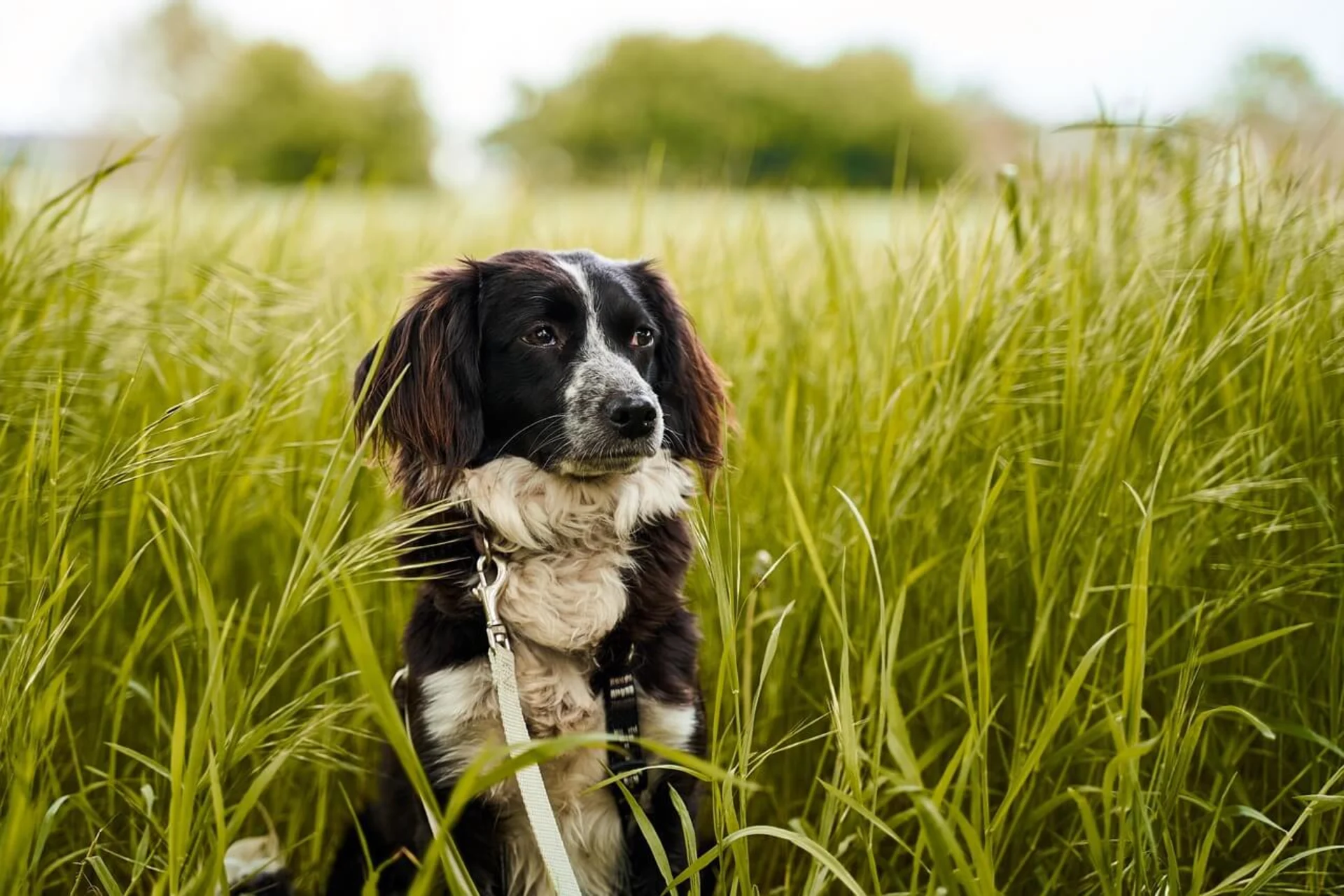
Myths surrounding dog neutering
VetTrust Medical Team
22.09.2025
Myths surrounding dog neutering
We answer the most common myths about neutering.
“After neutering my dog gets fat.”
“The coat changes after neutering.”
“Neutering completely changes a dog’s character.”
“Neutering makes all behaviour problems disappear.”
You often hear claims like these, but are they true? Many myths and half-truths surround neutering. The decision for or against surgery is always individual and depends on the dog, its health, age, and environment.
Myth 1: My dog will automatically get fat after neutering
Neutering does not inevitably cause overweight. After surgery, energy needs change because metabolism and hormones adjust. Without adapting the diet, weight gain can occur.
Some dogs feel hungrier and may scavenge more. With adjusted feeding, chew items, enrichment, and regular exercise, the risk can be minimised.
Some dogs feel hungrier and may scavenge more. With adjusted feeding, chew items, enrichment, and regular exercise, the risk can be minimised.
Myth 2: Neutering only makes sense for females
Not correct. Neutering can also be useful for male dogs.
In female dogs, it prevents pyometra and markedly reduces the risk of mammary tumours. If performed before the first heat, the mammary tumour risk is considered almost eliminated.
In male dogs, neutering can help with hormone-driven behaviours such as heavy marking, roaming, or conflicts with other dogs.
The decision should always be individual and made together with your veterinarian.
In female dogs, it prevents pyometra and markedly reduces the risk of mammary tumours. If performed before the first heat, the mammary tumour risk is considered almost eliminated.
In male dogs, neutering can help with hormone-driven behaviours such as heavy marking, roaming, or conflicts with other dogs.
The decision should always be individual and made together with your veterinarian.
Myth 3: Neutering completely changes the dog’s personality
A dog’s core character generally remains. Hormone-driven behaviours such as sexual drive, territoriality, or restlessness may change; some dogs appear more relaxed after neutering.
Age and the reason for surgery matter. Very early neutering can favour insecurity or anxiety. Consider which behaviours you want to influence and what you expect from the procedure.
Age and the reason for surgery matter. Very early neutering can favour insecurity or anxiety. Consider which behaviours you want to influence and what you expect from the procedure.
Myth 4: Neutering automatically protects against diseases
In female dogs, neutering clearly lowers the risk of certain conditions:
- Pyometra is fully prevented.
- Mammary tumours: spaying before the first heat makes the risk very low; after the second heat the risk rises markedly.
At the same time, neutering can carry risks, for example:
- Urinary incontinence (especially in larger females)
- Changes in coat texture
- Weight gain due to reduced energy needs
Whether benefits outweigh risks must be evaluated individually for each animal and owner.
Myth 5: Neutering is a simple routine procedure
It is common, but not trivial. Every operation requires anaesthesia and carries risks.
For safety, make sure of:
- A thorough pre-operative examination
- Modern, gentle anaesthesia protocols
- Individual pain management
- Careful monitoring before, during, and after surgery
Every neutering decision carries responsibility
Neutering is not a one-size-fits-all solution but an individual decision. It can have important medical benefits and may support behaviour management. Possible risks must be weighed carefully. Discuss the procedure with your veterinarian and tailor it to your dog.